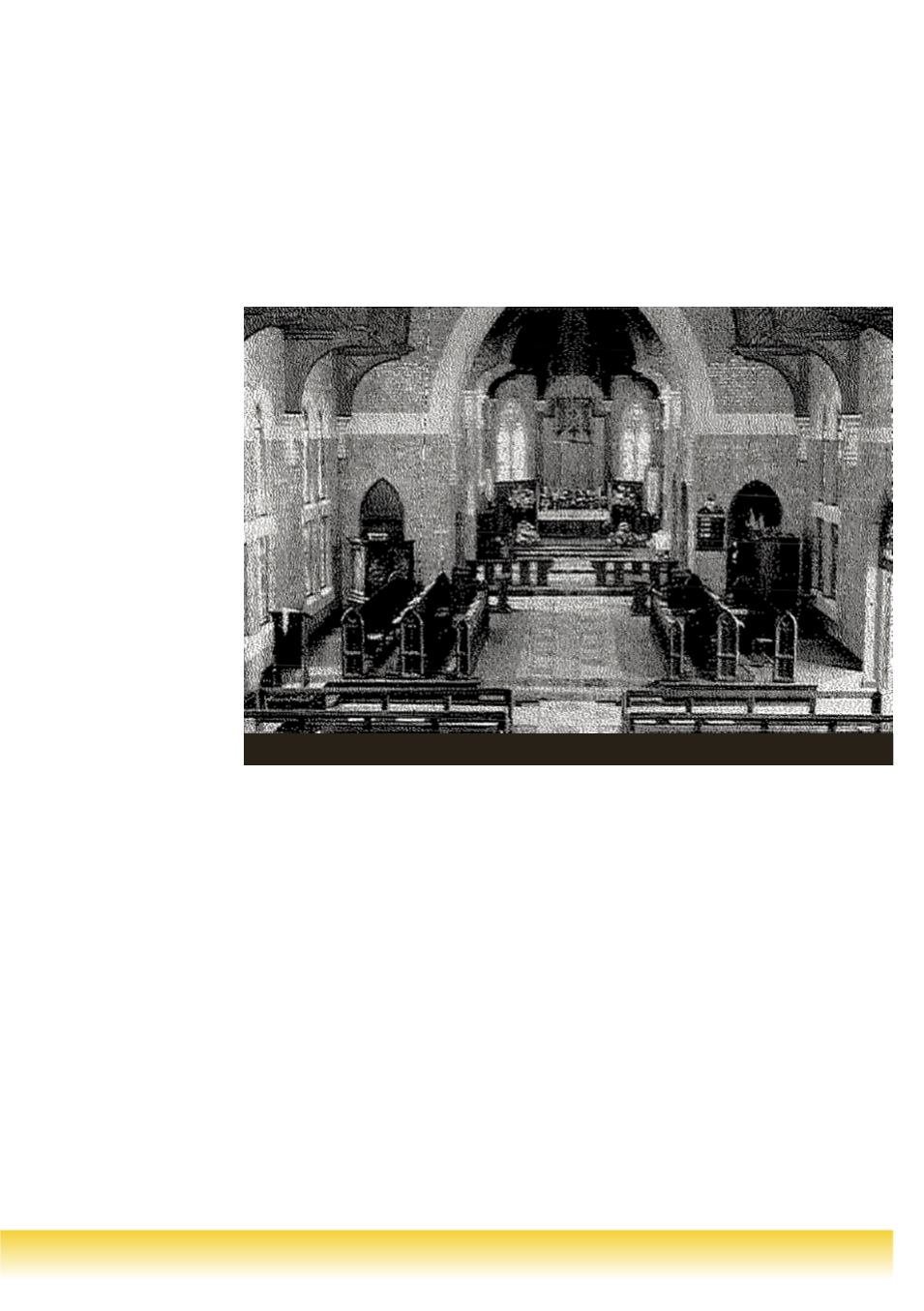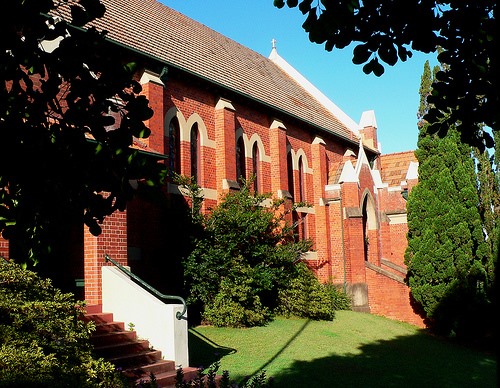

7
The order actually had been placed when someone
woke up to the fact that memorial windows in a
war memorial church were being obtained from the
very people against whom those whose memory was
being perpetuated had fought and lost their lives.
This was picked up by a weekly paper which
tended to feature scandals and sensations and was
given the full blast of journalistic diatribe. Fanned
by this, the local R.S.S.A.I.L.A. launched into
violent objection and, from some points of view,
righteous indignation.
All this went on for
some
weeks
and
very nearly drove my
parents into nervous
breakdowns, especially
when
the
paper
announced, with great
enthusiasm that, if the
windows were put in,
the returned men would
stone them to bits. The
Parochial Council held a
stormy meeting, during
which some members
were inclined towards
placing all the blame
for all the trouble on my
father. But he told them
that unless the Council
accepted responsibility
for the situation, they’d have his resignation there
and then. So that line was dropped. But, since it
appeared almost certain that, if the windows were
put in, some enthusiastic patriot would have felt
justified in heaving a few half-bricks through them,
the idea of stained glass windows was dropped too.
The paper kept the sensation going until it ran out of
fuel. Its final fling was, I think, a needlessly cruel
account of my father’s visit to Bishopsbourne to
discuss the matter with the Archbishop, which would
have been based on no more than the knowledge
that the interview had taken place. Very decently
and generously, Credgintons accepted cancellation
of the order without asking for any compensation.
This was a tremendous relief, especially to the
Parochial Council, for the order had been accepted
in good faith and, as I remember it, the very
sizeable sum for those days of about 600 pounds was
involved. So, to cover the place where the windows
were to go, the reredos was designed and installed. I
believe it was made by a Mr Hedley Smith who had
made a number of other furnishings in the church.
My father was, of course, intensely interested in the
actual building of the church and the workmen must
have seen a good deal of him. He laid the first brick
and, eventually, climbed up to the roof and put on
the last tile.
A dear old lady, who heard about the tile episode,
was most indignant and said she thought that he
“didn’t ought to have had to do it.”
He thought he heard the bricklayers talking of
‘quinze’ bricks. As the derivation of words
interested him, he tried to find out why they were
‘quinze’ which is the French word for fifteen,
whereas the bricks had, I think, only seven or eight
faces. So he had to go back to the ‘brickies’. Then
he learnt they weren’t ‘quinzes’ but ‘squints’ for they
looked two ways at once! They were used, I fancy,
in the Eastern end, under the outer wall of the
sanctuary.
Although my father had worked very hard on
parishioners (and on many who were not) for
donations to the building fund, he couldn’t get near-
Choir stalls and organ at front



















